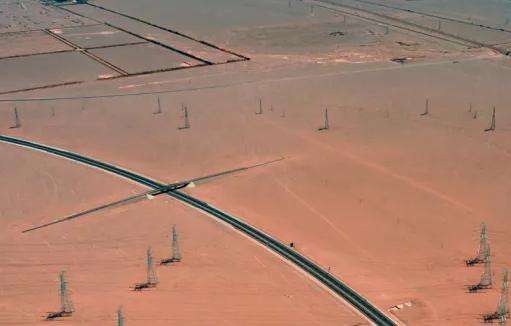Why does saturated steam produce condensation water when traveled a long distance?
In the evaporation process, superheated raw steam must be converted to saturated steam . During the transportation process, saturated steam becomes. Condensed water + steam due to heat dissipation, gas and liquid phases can easily cause vibration in the pipeline. Additionally, the process requires superheated steam.
In the evaporation process, the superheated steam is transformed into saturated steam using a desuperheater. The advantages are:
1. The heat transfer coefficient of saturated steam is high. process of saturated steam, The heat transfer coefficient is much higher than that of superheated steam due to “superheating-heat transfer-cooling-saturation-condensation”. Saturated steam also has many benefits for the functionioning of. equipment due to its low temperature. Saturated steam has a high heat transfer coefficient and saves steam, which is very beneficial for reducing steam consumption. Generally, saturated steam is used for steam heat exchange in chemical production.
Superheated steam has its own areas of application, such as that used in generator turbines. It passes through the nozzle to the motor and drives the motor to rotate. However, superheated steam is rarely used in the heat transfer process of industrial processes. This is because the superheated steam must be cooled to saturation temperature before condensing to release the enthalpy of evaporation, obviously relative to the enthalpy of evaporation of the saturated steam. the superheated steam is cooled to saturation temperature. The heat released is very low,which may reduce the performance of the processing equipment.
Mainly includes: condensate pump: pumping the condensed water in the condenser to the system for recycling; vacuum pump: extract non-condensable gas in the condenser to maintain it at a high degree of vacuum. The whole process of the thermal system is a complete water vapor recycling process. A waste heat boiler is installed at the furnace end and furnace head of the production line to exchange heat with the exhaust gas. After heat exchange, the superheated steam generated by the boiler is fed into the steam turbine to do so. work, and the steam turbine drives the generator to produce electrical energy. The steam after carrying out the work is condensed into condensate through the condenser. It is combined with the effluent from the flash evaporator via the condensate water pump. ElThe is pressurized by the boiler feed water pump and enters the AQC boiler economizer for heating. the water heated by the economizer passes through three channels sent to the AQC furnace drum, the PH furnace drum and the flash evaporator respectively. High temperature water entering the steam drums of both boilers circulates and is heated within the boiler, ultimately generating superheated steam. The two superheated steams are collected and then enter the steam turbine. High temperature water entering the flash evaporator generates saturated steam of a certain pressure based on the principle of flash vaporization (high temperature and high pressure water will partially vaporize instantly after entering the flash evaporator). low pressure space) and enters the rear stage of the steam turbine to assist in electricity production. Once the work is done, the steam is condensed through the condenserur to form condensate and recirculates the system. The water consumed during the circulation process is reinjected into the system by the pure water produced by the pure water device. The production of residual sintering thermal energy is achieved by using the combustion gases in the drop bellows of the sintering machine and the closed section of the sintering ring. a chiller for heating the waste heat boiler to recover low-quality waste heat energy, combined with low-temperature waste heat power generation technology, uses the superheated steam generated by the waste heat boiler to drive the waste heat boiler turbogenerator unit to produce electricity. The production of waste thermal energy through sintering not only saves energy and reduces consumption for steel companies, but also creates huge economic benefits forsteel companies.














